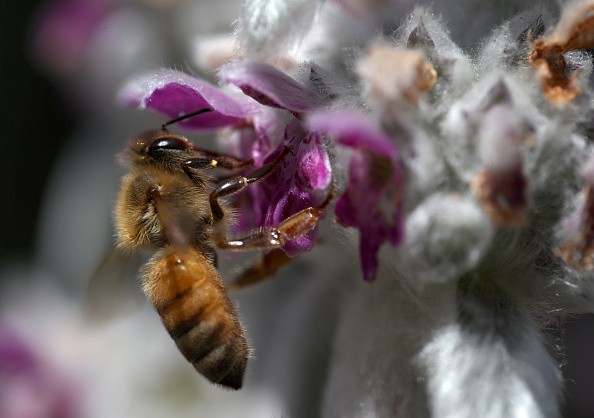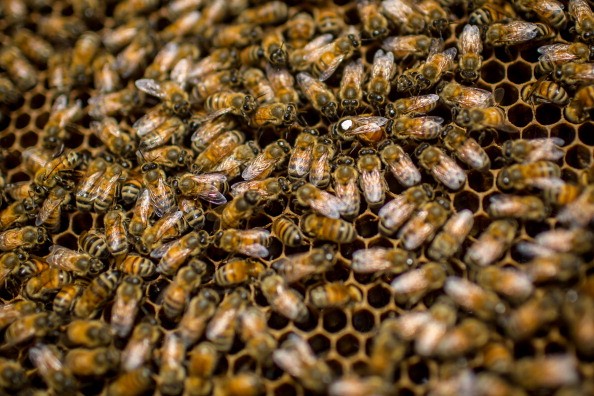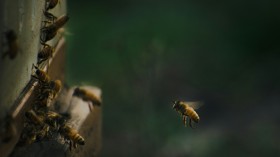Hives of the African lowland honeybee (Apis mellifera scutella) collapse because of an unseeable inner threat: the growing, immortal clone army of a rival bee subspecies.

South African Cape Honeybee
That army is attainable because the South African Cape honeybee (Apis mellifera capensis) - the female workers of the rival subspecies - can make perfect copies of themselves, with one individual discovered to have done this millions of times in the past three decades. With this continual-cloning ability, the Cape honeybees creep into the hives of their lowland honeybee rivals and churn out replica after replica (no need for a queen).
Unfortunately, these clones are freeloaders, refusing to do any work. Now, a new study has disclosed the genetic foundations of the bizarre and formidable adaptation. Different from most animals, and even their own queen, the female workers do not rearrange the DNA of the eggs they lay.
This enables the workers to constantly recreate a perfect replica of themselves - a clone - every time they reproduce. The bypassing of this DNA-reshuffling process is different from anything they've ever seen, according to the researchers.
Also Read: Modern Pesticides' Harmful Effects on Bees Worsened in the Last Decade
Thelytokous Parthenogenesis
A professor of behavioral genetics at the University of Sydney, lead author Benjamin Oldroyd told Live Science, "It's incredible. It's also incredibly dysfunctional," making reference to the fact that reshuffling is usually needed to hold chromosomes together during the egg-making process. "Yet, they've managed to still lay eggs somehow. It's insane; I've not heard of anything like this before, anywhere."
Honeybee workers and other social insects are capable of reproducing through a form of asexual reproduction known as thelytokous parthenogenesis, in which females produce female progenies from unfertilized eggs. Every time she creates offspring, the single-parent worker bee will clone the chromosomes she got from her parents (a queen and a male drone) into four.
Next, she takes the genetic material from all four chromosomes, rearrange it and makes four chromosomes with that mixed-up DNA through a process known as recombination. This reshuffling assures that, even with just a single parent, future offspring will be genetically different.

What Happens Every-time Shuffling is Performed?
However, as just two chromosomes out of the four are selected and no new genetic material is contributed by a sexual partner, this causes an average loss of one-third of genetic diversity each time the shuffling is performed, or every generation, Oldroyd said.
Following just a few generations of parthenogenetic reproduction, the piled-up loss of genetic material causes levels of genetic diversity that are low enough to be deadly. Most social insects, therefore, depend on a queen that breeds sexually on their behalf.
In return, the genetically diverse workers maintain the health of the colony and safeguard the offspring of their closely related siblings and cousins.
Related Article: A Third of US Bee Colony Died Last Year, Here's Why It Is Still Good News
For more news, updates about bees and similar topics don't forget to follow Nature World News!
© 2024 NatureWorldNews.com All rights reserved. Do not reproduce without permission.





